Reviewed by: Y. Garcia
Difficulty: Novice
Time: 45 minutes
Cost: ~$15
Why You'll Like This
You know that frustrating moment when you hang up your new curtains and they just look... flat? I've been there too, staring at lifeless fabric panels that somehow made my whole room feel cheaper instead of the elegant, flowing drapes I was going for.
Here's what I discovered: the secret to creating beautiful hanging drapes is not about spending hundreds on designer fabric. It is about adding weight that turns a basic panel into something that looks professionally made. Weighted curtains are also easier to open and close, plus they provide better insulation by helping panels hang closer to the window frame.
The result feels intentional, like hotel calm instead of apartment chaos.
What You'll Need
Materials
Curtain panels, existing or new
Adhesive-backed wheel weights, 1 to 2 oz per panel
OR corded drapery weights with casing cord
Measuring tape
Tools
Scissors
Iron, optional for pressing
Sewing machine OR needle and thread, for corded weight method
Ruler or measuring tape
Safety First
Work in a well-ventilated area when using adhesive products
Ensure curtain rods can support the added weight, typically 2 to 4 oz per panel
Test adhesive on a hidden fabric area first to check for staining
Steps
Measure your current curtain length. Curtains should typically rise just ½ inch off the floor for that professional finish.
Tip: If yours are too long, hem them before adding weights for the cleanest look.
Choose your weight method. For no-sew installation, products like adhesive-backed wheel weights can be stuck along the bottom edge after hemming for an instant upgrade.
If you prefer sewing: Create a casing to pull corded drapery weights through, then secure with stitches at each end for the most natural drape.
Apply adhesive weights evenly across the bottom hem, spacing them 6 to 8 inches apart.
For corner panels: Place extra weight at corners where curtains tend to flare out.
Test the hang by holding panels up to see how they drape.
If too heavy: Remove some weights and retest.
If still looking flat: Add weights in 2 inch intervals until you see natural folds.
Hang and adjust your weighted curtains, then give the fabric 24 hours to settle into its new shape.
Why it works: Weight at the bottom makes the fabric hang in straight, elegant lines instead of billowing awkwardly, the same principle expensive hotel drapes use.
Cleanup & Disposal
Store unused weights in their original packaging in a dry location
Wipe down the work surface with a damp cloth
Dispose of weight packaging in regular household waste
Troubleshooting
Problem: Weights show through fabric → Fix: Use lighter weights or move them higher into the hem fold
Problem: Curtains bunch at bottom → Fix: Distribute weights more evenly across the panel width
Problem: Rod sagging with added weight → Fix: Install additional rod brackets or upgrade to sturdier hardware
Variations & Upgrades
Budget option: Use coins in small fabric pouches sewn into hem corners, around $2 per window
Renter-friendly: Clip-on fishing weights that attach to the hem without permanent changes
Designer upgrade: Combine with mounting your curtain rod as close to the ceiling as possible to emphasize room height
Taking It Further
Once your curtains hang beautifully, adding pinch pleats or layering different curtain types are proven hacks for making inexpensive panels look more luxurious. For completely no-sew customization, hemming tape, fabric glue, or iron-on tape can customize curtains without advanced skills.
Simple additions make a big impact too. Decorative bows attached to curtain rings can add charm and visual interest for around $15 per window, especially when paired with proper weighting.
Your Windows Can Look Custom for Less
The difference between amateur and professional-looking window treatments often comes down to small details most people overlook. Making curtains look expensive doesn't require a big budget, it requires understanding what makes expensive curtains look good in the first place.
Think about those perfect hotel drapes that never have an awkward fold out of place. They all share hidden weights that create gravity-defying grace. Surface treatments and finishing details can make budget items look expensive, and weight distribution is one of those professional tricks that transforms any fabric panel.
The $15 investment pays off quickly in rooms that feel more finished and intentionally decorated. Simple upgrades can create sophisticated results that rival much more expensive options, and most techniques are completely reversible if you're renting.
Start with the weight trick on your existing curtains, then experiment with installation height and simple embellishments as your confidence grows. You might be surprised how these small adjustments make your windows, and your entire room, look professionally styled.




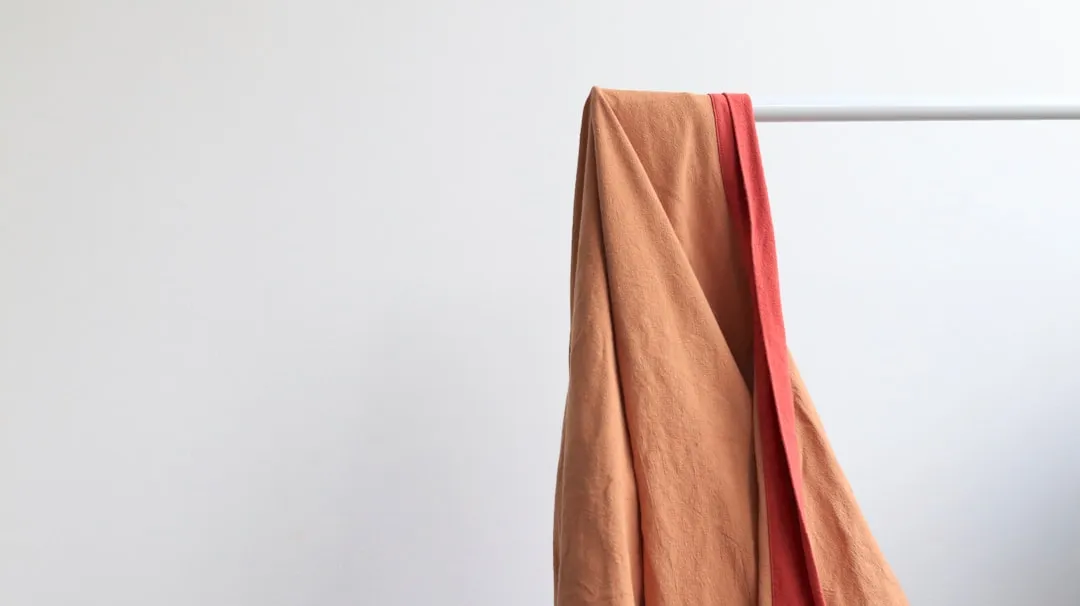

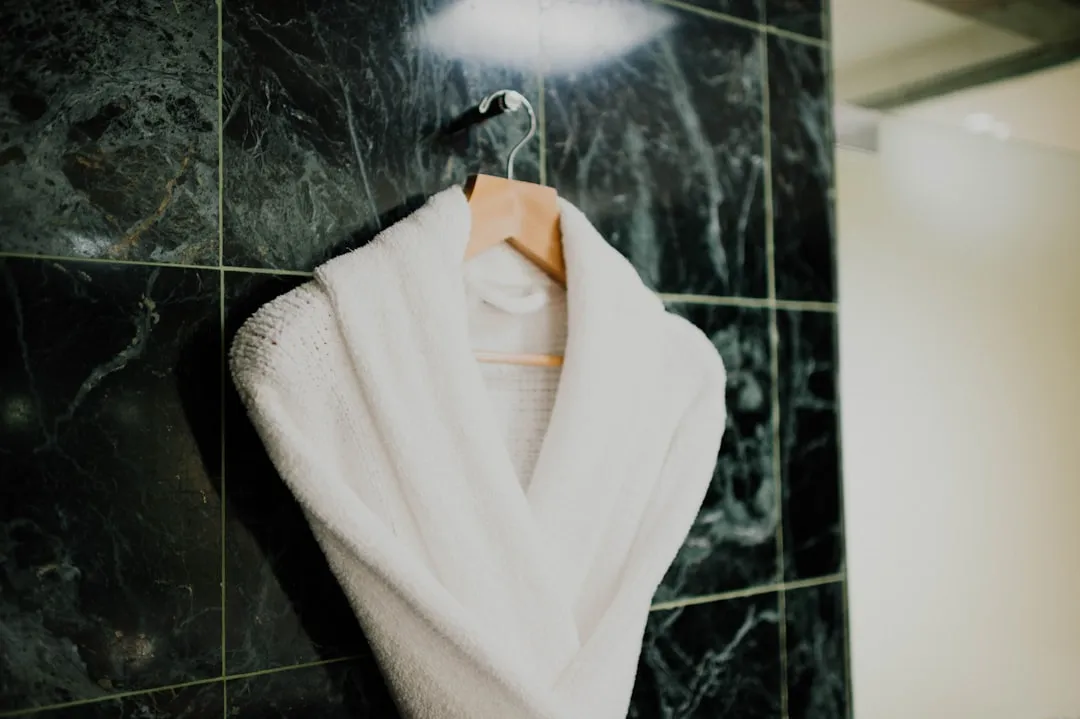

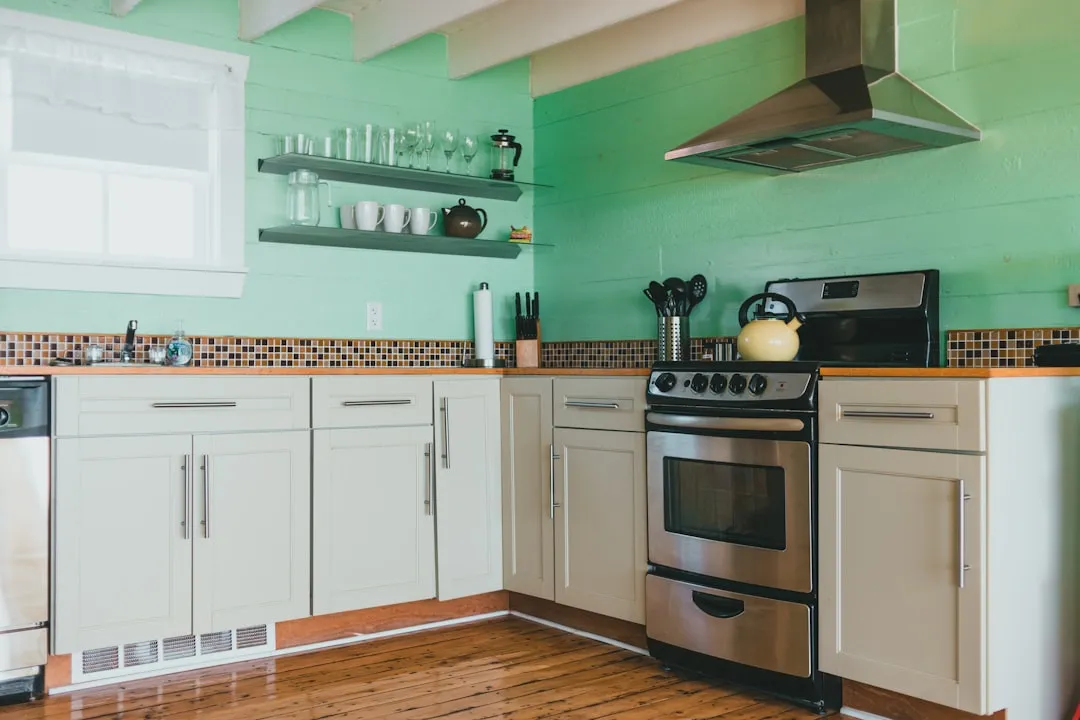



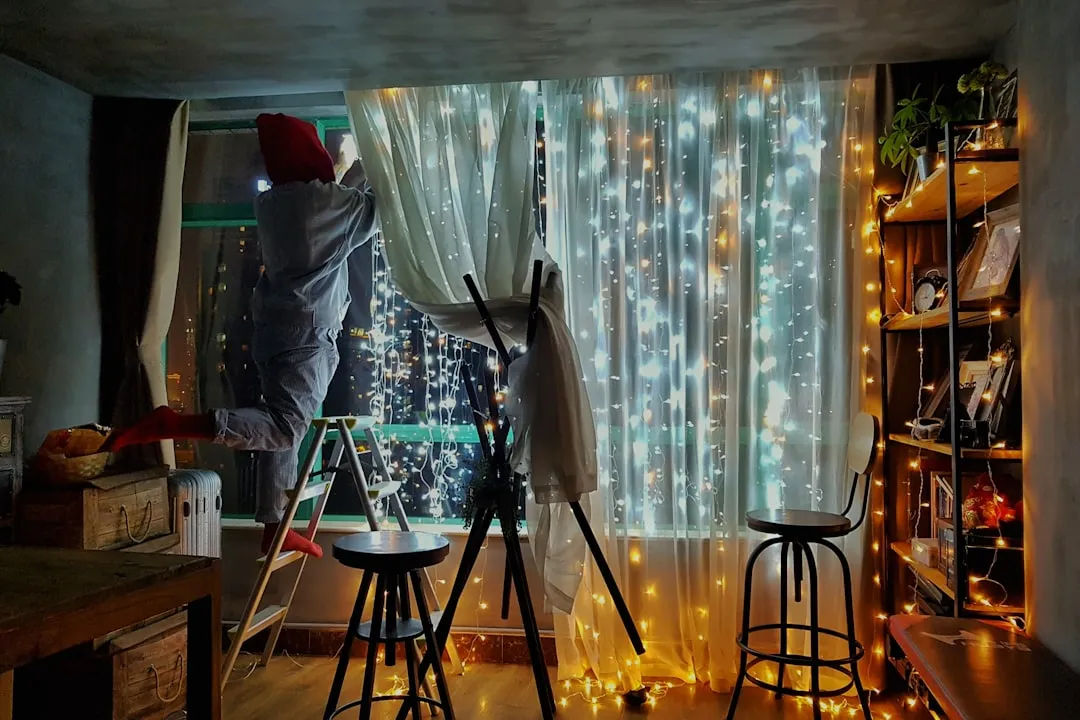


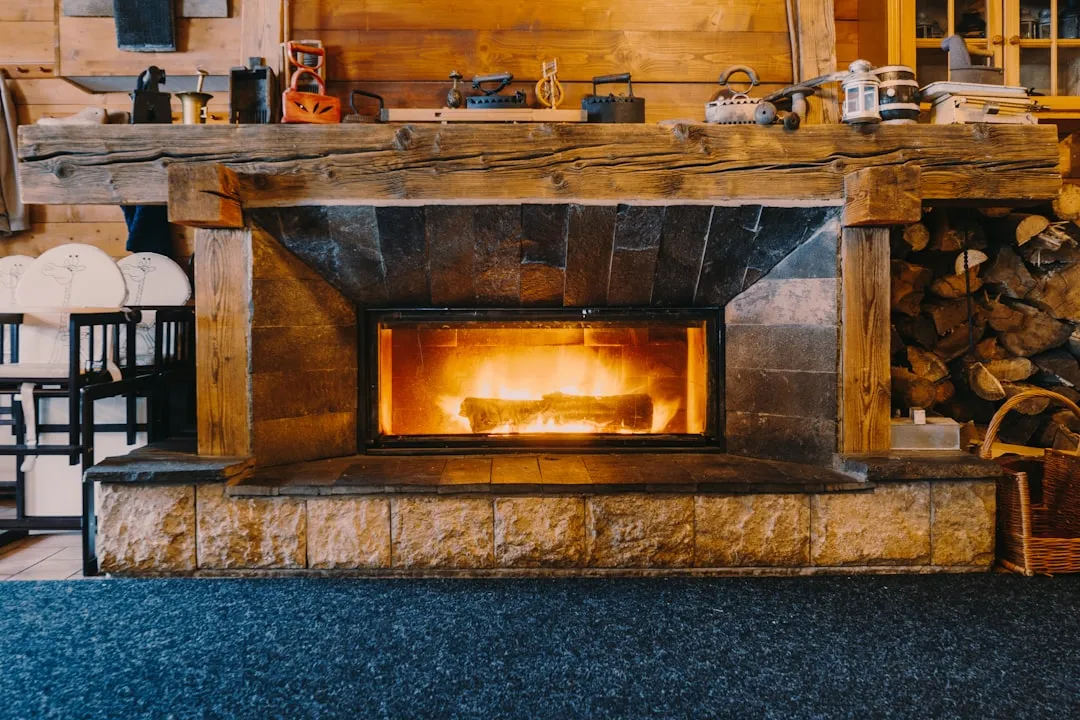
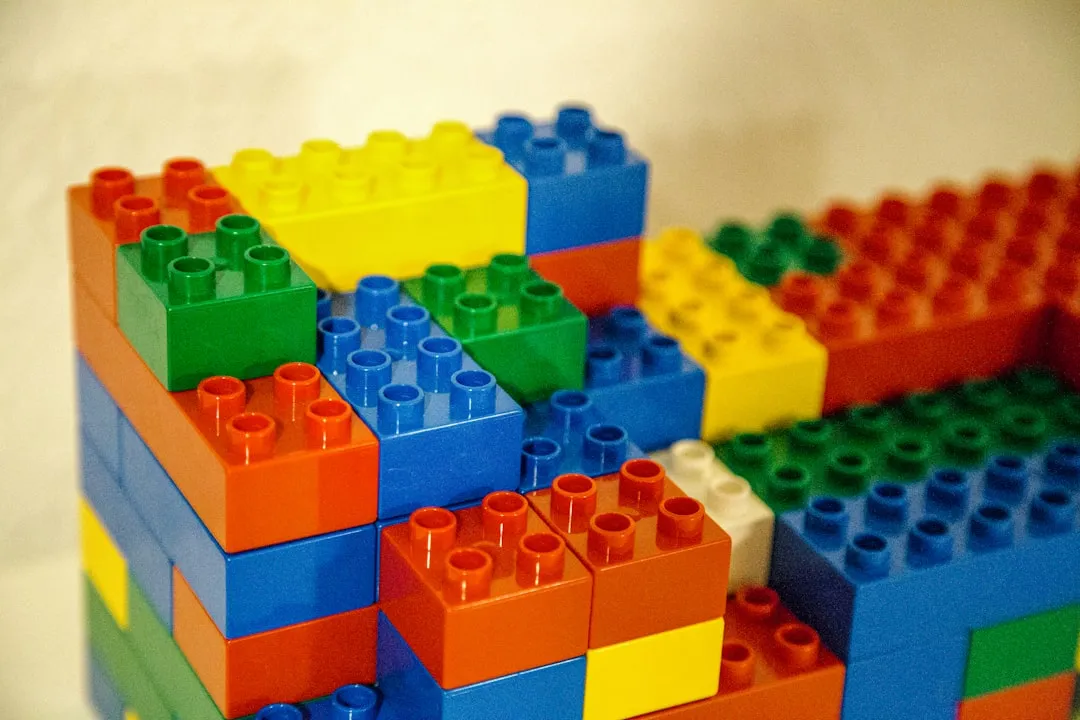
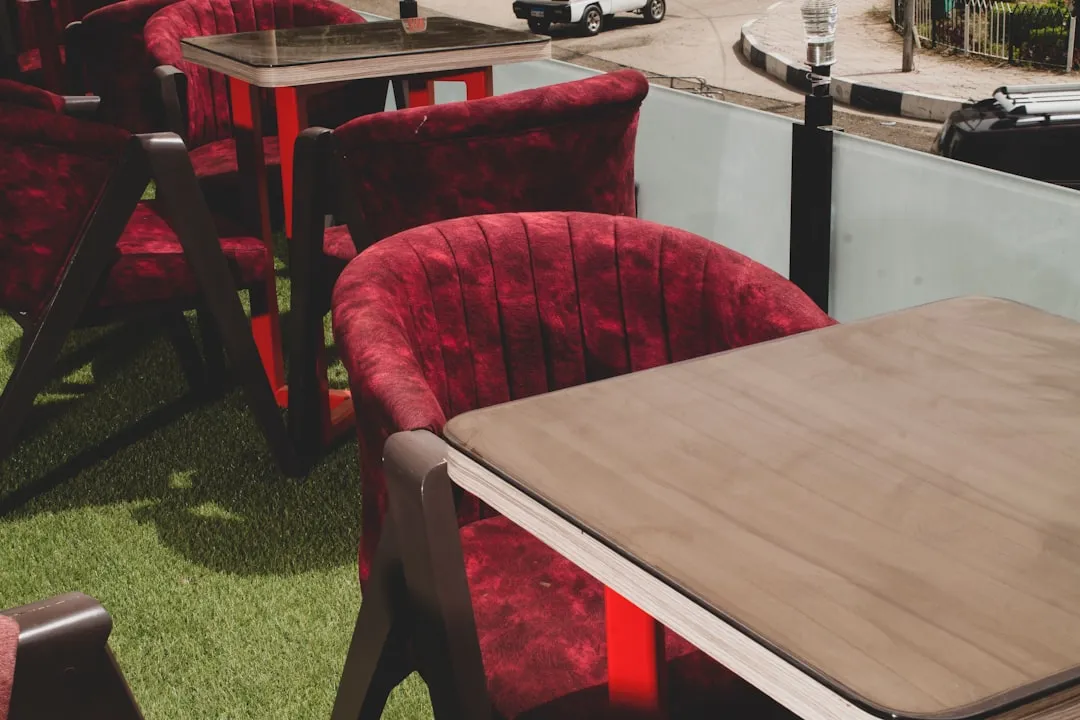
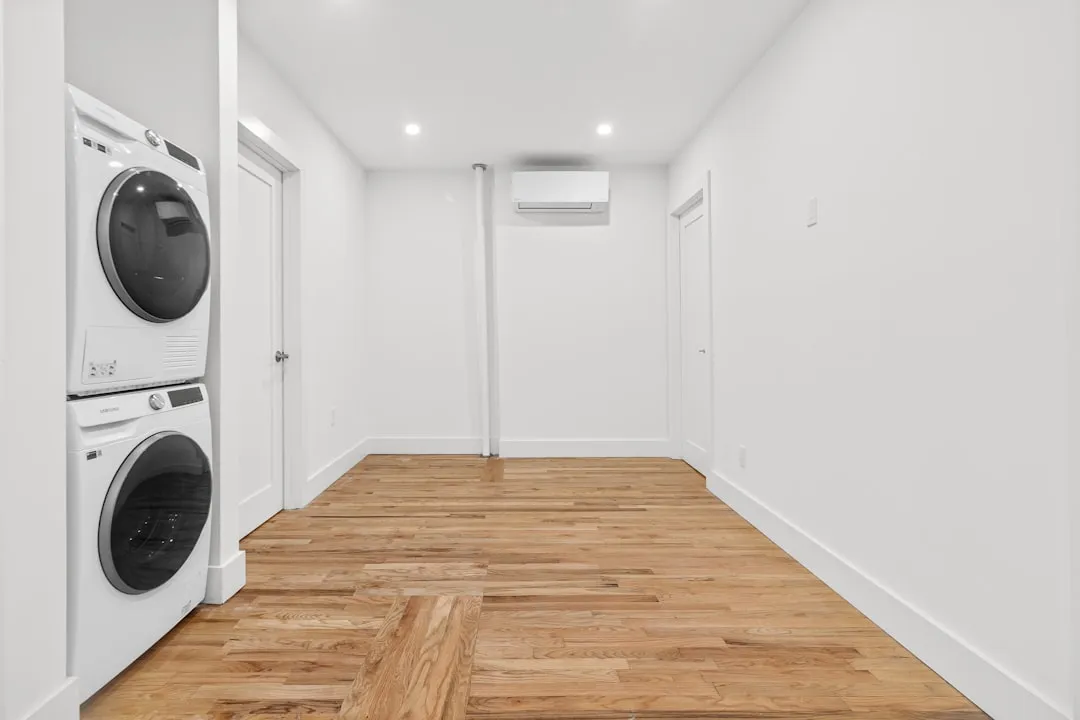
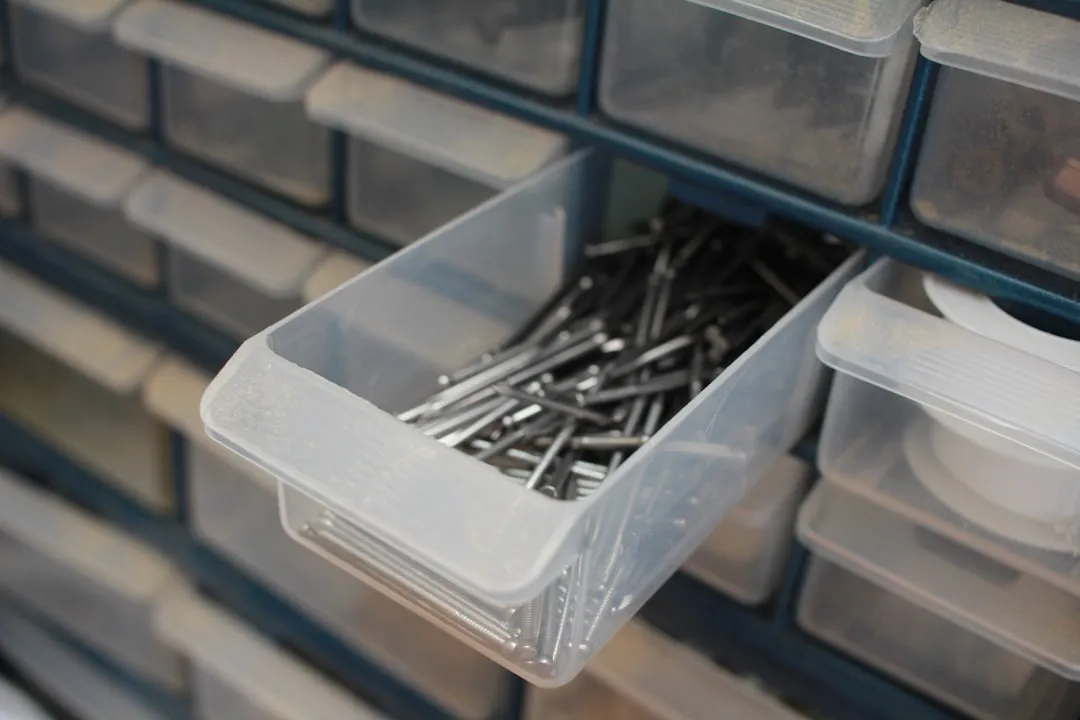



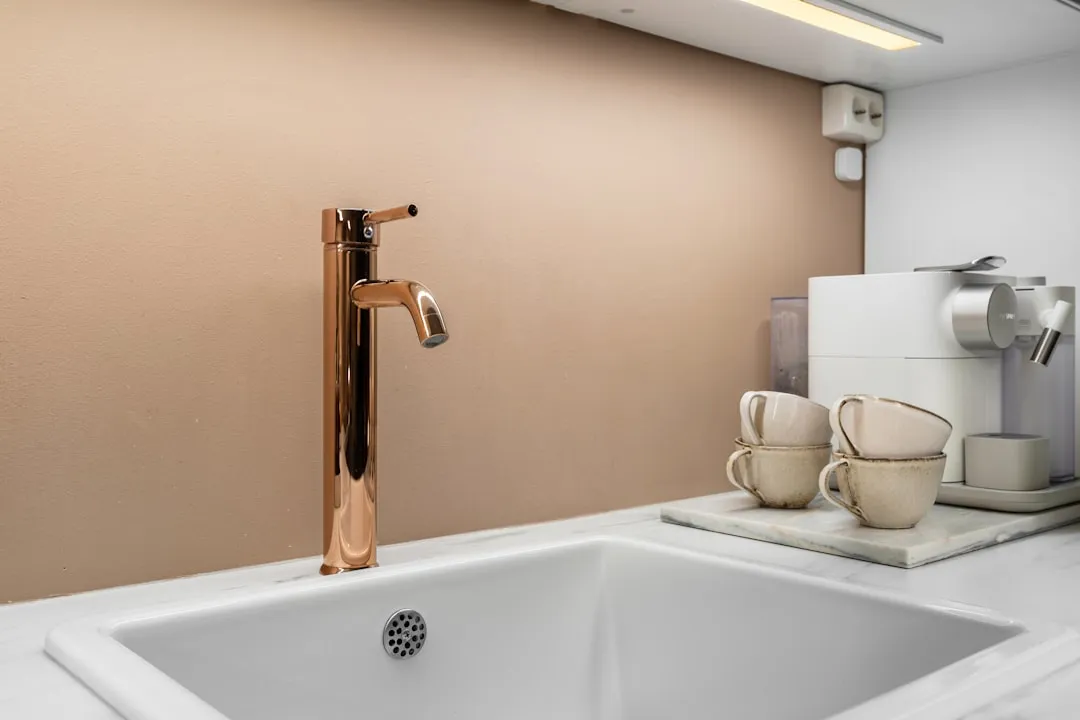
Comments
Be the first, drop a comment!